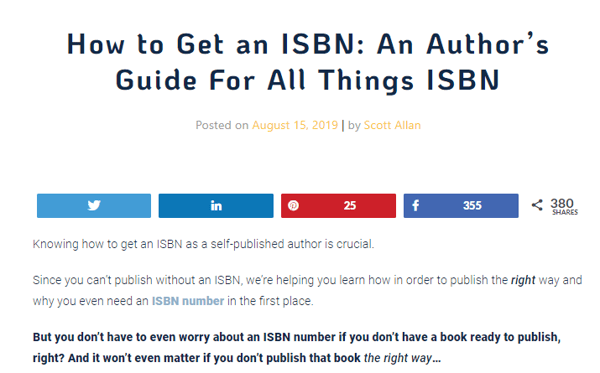Summary of IngramSpark & Amazon requirements for eBooks and Paperbacks by Nancy DeMaria and Eric Van der Hope
Strap in, folks! This will be a lengthy post filled with tons of great content. Sit back and enjoy the ride :)
We get questions all the times about what files are needed for different types of books. In this article, we'll discuss paperback and eBooks on both IngramSpark and Amazon. Special shoutout to Nancy and Eric for providing all of this great content in the Mastermind Community.
1. Ingram Spark Paperback:
Cover: When uploading your book, you'll need a single PDF file of the front, back and spine (Ingram only allows text on the spine if the book is at least 48 pages).
Interior: One PDF file (separate file from the cover file).
Barcode: Ingram provides your barcode for free if you use their template. You will have the option to include the price on the barcode to make your book look more like a traditionally published book. But, if you are experimenting with pricing, then DON'T put the list price on the barcode. If you are, you are going to have to change the list price on the barcode every time you update the list price. This means you'll have to update your book cover every time and then re-upload to KDP and/or Ingram and then "re-publish", etc. There are fees on IngramSpark each time you update your files. Remember, it is never necessary to BUY the barcode through a third party site.
ISBN: You must use your own ISBN (Ingram does not offer one for free).
2. Ingram Spark eBook:
Cover: Front cover jpeg or jpg file only (no back cover and no spine).
Interior: ePub file
Barcode: No barcode because there is no back cover.
ISBN: Ingram does not provide a free ISBN number for your eBook. If, for some reason, you choose to use your own ISBN for Kindle, you have to use a different one for Ingram. Since the Ingram file is an ePub file and Amazon uses MOBI files, you'll have two different types of ebooks, and therefore need two different ISBNs. Click here to see our block post on "All Things ISBNs."
3. Amazon Paperback:
Cover: One PDF file of the entire front, back, and spine (Amazon only allows text on the spine if the book is at least 100 pages).
Interior: One PDF separate from the cover file.
Barcode: No need to buy a barcode from a third party site - Amazon provides a barcode for free if you use their template. Barcode is NOT provided on the cover template you can generate through their website, but rather, is printed as your books are printed on demand (POD). The barcode Amazon adds to your book will not have the price on it like traditionally printed books. Allow Amazon to create the barcode and add it during the printing process (and have your designer leave the barcode section blank). And again, you do not have to buy a barcode from any site trying to sell you on this.
ISBN: Use your own ISBN or the one Amazon provides for free. Keep in mind that the free one is only allowed for distribution on Amazon. If you’re planning on using Ingram or another distribution service, you might consider buying a package of ISBNs from myidentifiers.com and use the same ISBN for all paperback version across multiple distribution services.
4. Amazon Kindle eBook:
Cover: One jpeg or jpg file of the front cover only (no back cover or spine).
Interior: One MOBI file. There are other file types you can upload, but Amazon will convert it into a MOBI file.
Barcode: No barcode because there is no back cover.
ISBN: Use the ASIN they provide for free, not your own ISBN. There is no need to waste an ISBN on the Amazon Kindle ebook. Click the image below and check out our blog post on All Things ISBN.
-2.png?height=120&name=sp-darkblue%20(1)-2.png)
